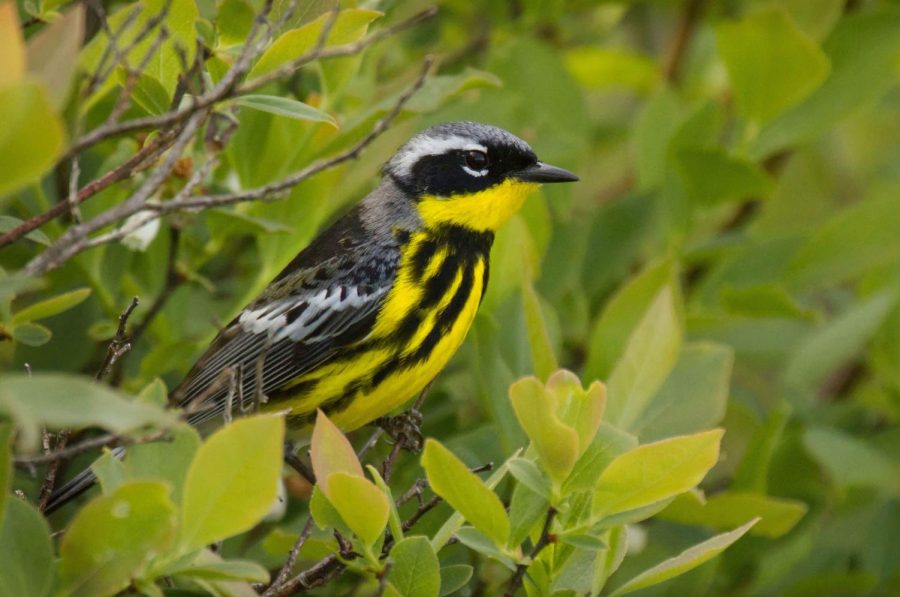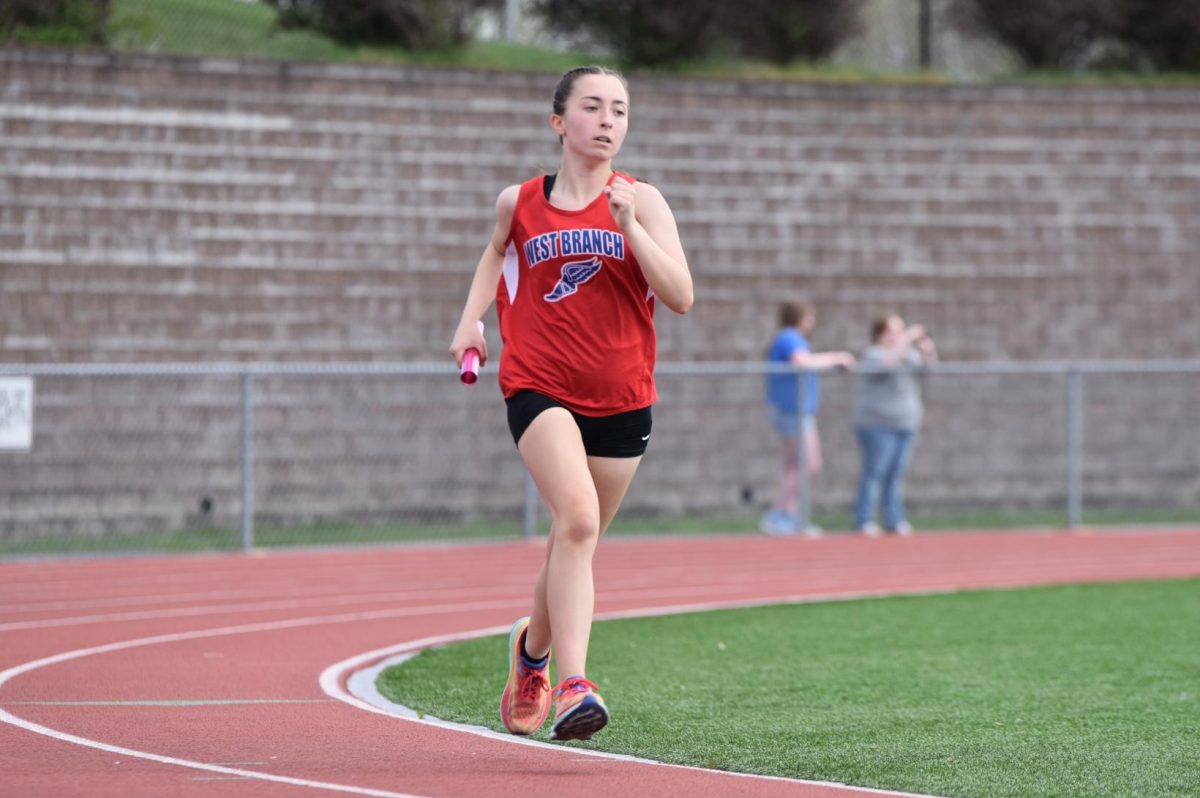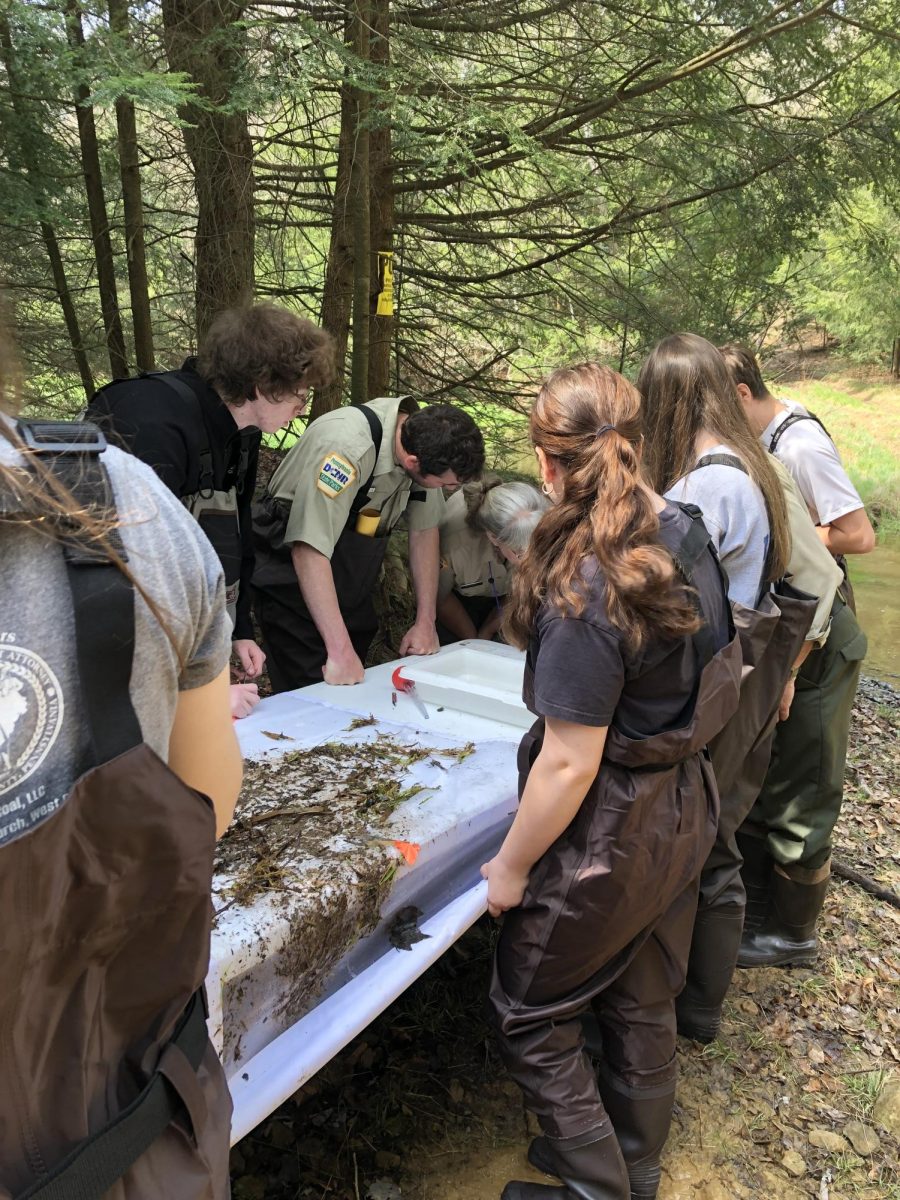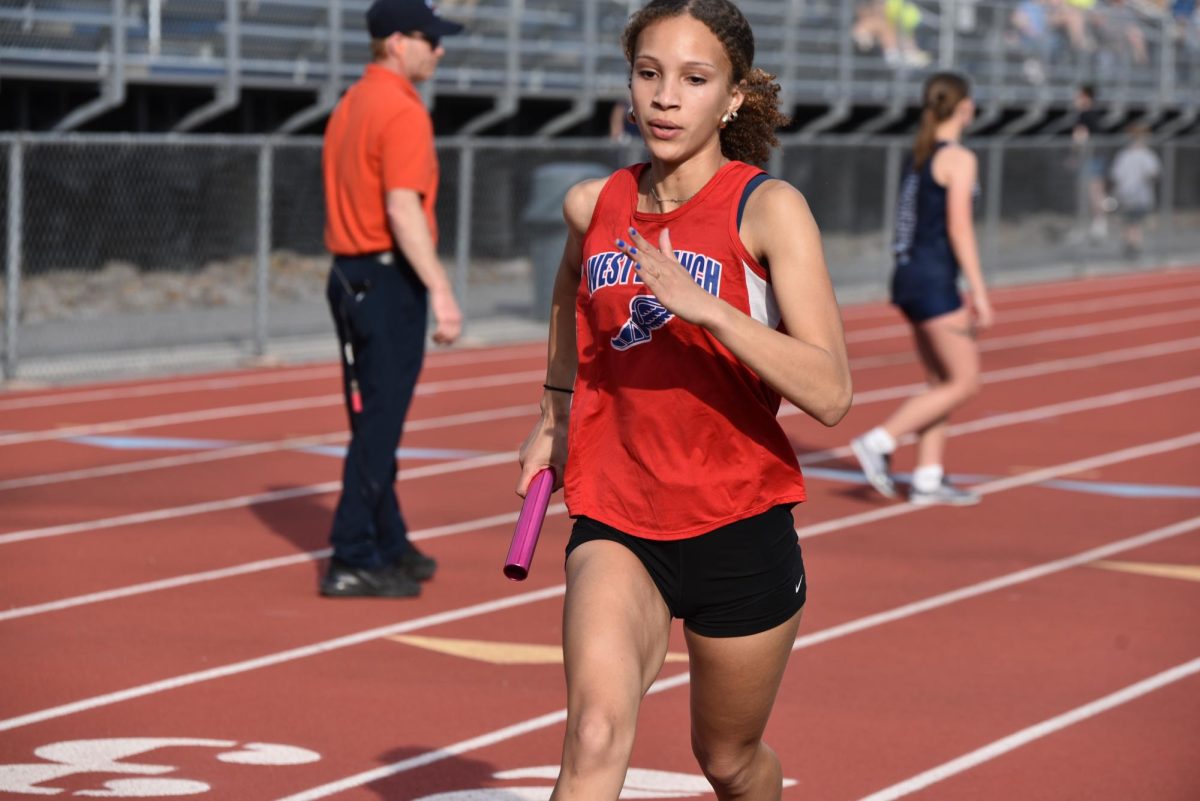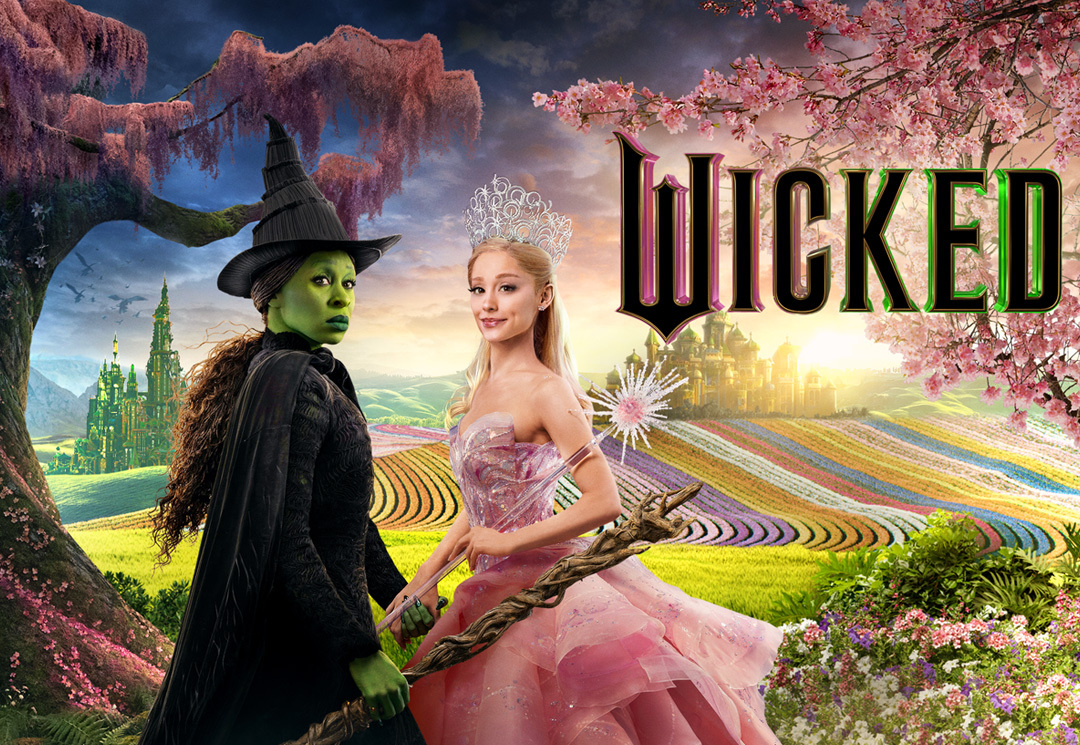Spring has finally arrived in Pennsylvania, bringing the anticipation of summer and the return of numerous native bird species. Learn more about these fantastic animals from the Cardinalidae family, exploring their dietary habits, melodic songs, and identification methods.
Starting with the scarlet tanager: Pennsylvania boasts an astonishing 17% of the world’s breeding population of scarlet tanagers. The male scarlet tanagers are bright red with black wings and a black tail. The female scarlet tanager is yellowish-green, with dark olive wings and tail. Many of the first males to return from South America in spring are yellowish color with speckles of red and orange throughout. This is because the male changes its colors for the nonbreeding season, and they change their colors for the mating season. However, the male always has black wings and a black tail. Scarlet tanagers build their nests high in the tree canopies of deciduous forests. They also forage for various insects on tree branches and leaves. The scarlet tanager’s song is a series of buzzy, robin-like sounds, and its call is a tink and then a buzz. The mnemonic “Chick-pea” or “chick-burr” can help you remember it.
Next, let’s explore the captivating indigo bunting. These small songbirds exhibit remarkable plumage. The male is entirely blue, and the female is mostly brown, with a lighter color on the chest. These brightly colored birds are surprisingly widespread throughout North America. Indigo buntings sing in weedy fields and shrubby areas near trees through late spring and summer. They can also be seen singing atop the tallest perch in sight or foraging for insects in low vegetation. Indigo buntings migrate at night and use the stars as guidance. As stated by All About Birds, “The birds possess an internal clock that enables them to continually adjust their angle of orientation to a star—even as that star moves through the night sky.”
Lastly, let’s explore the fascinating characteristics of the rose-breasted grosbeak. This medium-sized songbird boasts a distinctive, pinkish bill. The male is all black and white, with a distinctive rose-colored breast. The female is golden brown with heavy brown streaks on its front. The female also has a white mark above its eye resembling an eyebrow. Rose-breasted grosbeaks breed in forests; you can find them among both deciduous trees and conifers. They often concentrate along forest edges and in parks. They also have a varying diet, eating berries, insects, and seeds. They especially love black-oil sunflower seeds, which can be put in a feeder.
These featured birds represent only a fraction of the avian diversity in Pennsylvania, as there are hundreds more species to discover within the state. You can visit https://ebird.org/explore and type in “Pennsylvania” to explore more. Additionally, I recommend downloading the Merlin Bird ID app on your phone. It is a valuable tool for assisting in bird identification. It provides handy features to help you identify birds based on their appearance, songs, and behavior. Enjoy your birdwatching adventures!
Article resource: https://ebird.org/explore



